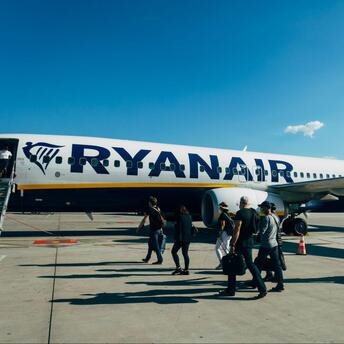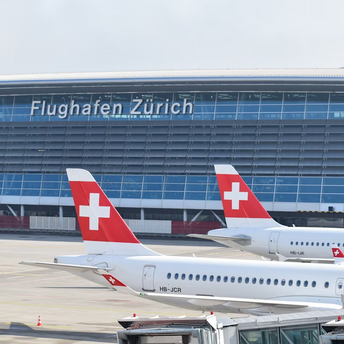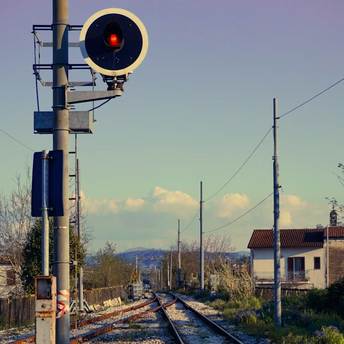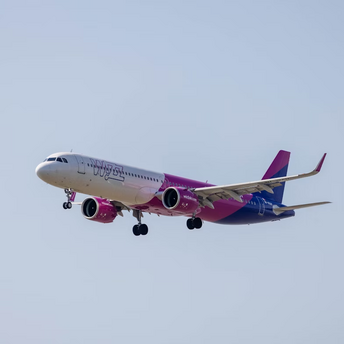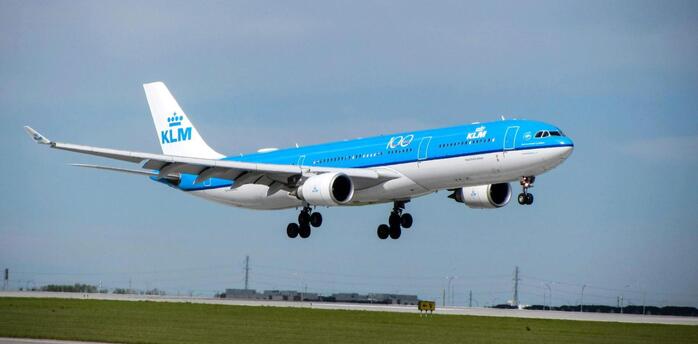Tire Blowout Halts American Airlines Flight at Tampa International
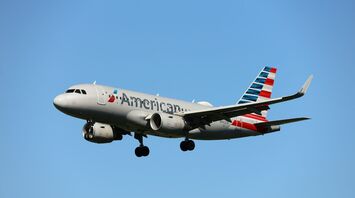
On Wednesday morning, a routine takeoff turned into a nerve-wracking experience for passengers aboard an American Airlines flight when at least one tire blew out just before takeoff at Tampa International Airport. The incident occurred on Flight 590, which was scheduled to fly from Tampa to Phoenix. Fortunately, no one was injured, but the aircraft was immediately pulled from service for inspection, and the FAA has launched an investigation.
The aircraft involved was a 25-year-old Boeing 737 carrying 174 passengers and six crew members. The tire blowout happened just over a minute after the flight had been cleared for takeoff. Eyewitness video footage showed the tire fraying and smoking on the runway. Passenger Ron Gindo, who was on the flight, described hearing a "boom boom" sound and seeing the tires on the left side flat while those on the right side were shredded.
American Airlines quickly responded to the emergency by safely deplaning the passengers and transporting them back to the terminal. A replacement flight was arranged to ensure that all passengers reached their destination without further delay. The swift and efficient handling of the situation minimized the disruption caused by the incident.
This occurrence is the latest in a series of tire-related issues for the aviation industry. Earlier in the week, a wheel fell off a United Airlines flight during takeoff from Los Angeles, and in March, a similar incident occurred with another United flight departing from San Francisco. These events have prompted the FAA to conduct a safety compliance review of United Airlines, highlighting the industry's growing focus on aircraft maintenance and safety protocols.
The investigation into the American Airlines tire blowout will likely examine the aircraft's maintenance records and the specific circumstances leading up to the incident. As air travel resumes normalcy post-pandemic, ensuring the safety and reliability of aging aircraft remains a top priority for airlines and regulatory bodies alike. Passengers can expect increased scrutiny and possibly more stringent maintenance requirements to prevent similar incidents in the future.



